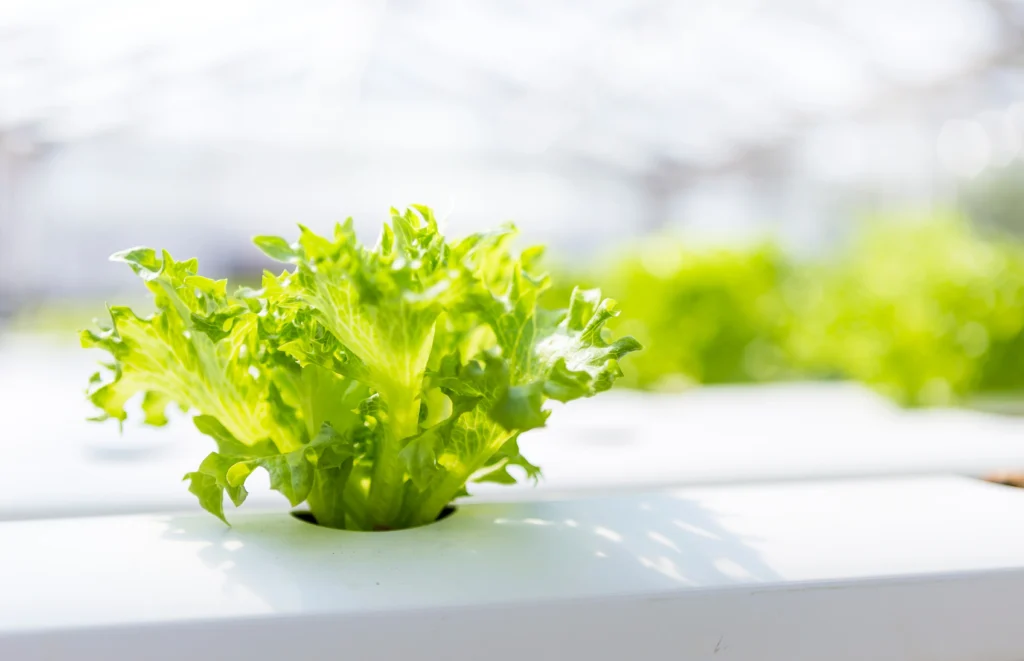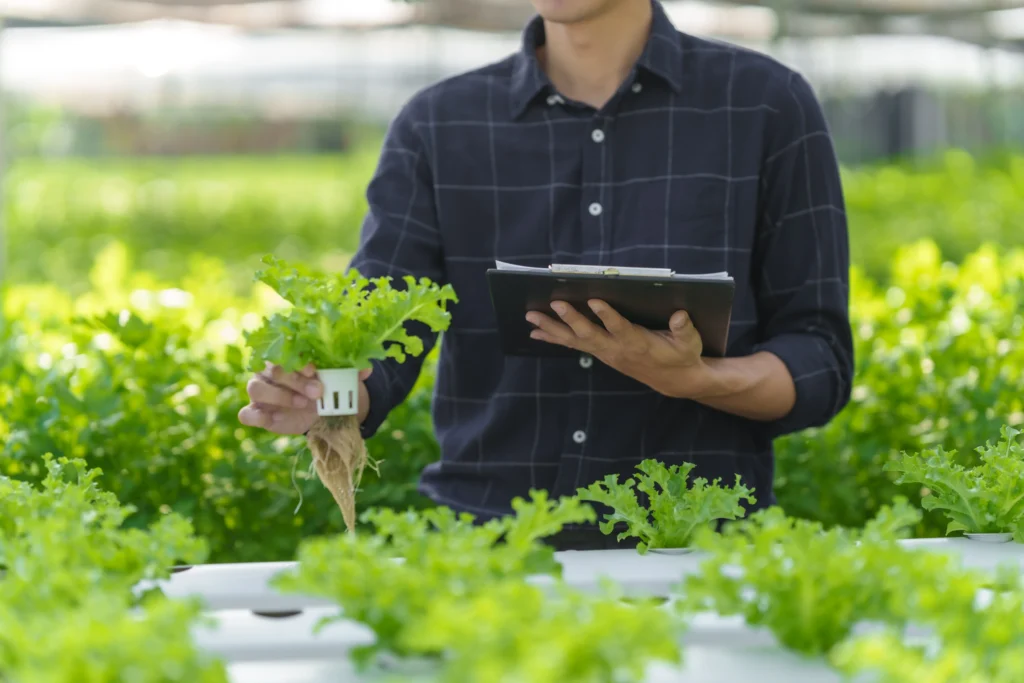In an era of growing environmental awareness and the need for sustainability, many people are wondering if greenhouse farming is really sustainable. Greenhouses, which allow controlled crop production year-round, have gained popularity for their efficiency and ability to grow crops in a variety of climatic conditions. However, are they really an environmentally friendly solution? Let’s take a closer look at this issue.
What is sustainable cultivation?

Sustainable cultivation is an agricultural practice that aims to minimize negative environmental impacts while providing economic viability and social benefits. Key aspects of sustainable agriculture include:
- Efficient use of natural resources: Minimizing the use of water, soil, energy and other resources.
- Biodiversity Conservation: Preserve and promote biodiversity at the genetic, species, and ecosystem levels.
- Emission reduction: Reducing greenhouse gas and pollutant emissions.
- Social responsibility: Supporting local communities and ensuring decent working conditions.
Advantages of greenhouse cultivation in the context of sustainable development
- Water efficiency: Greenhouses often use closed irrigation systems, such as drip or hydroponic, which significantly reduce water consumption compared to traditional farming methods. Water is precisely delivered to plant roots, minimizing losses.
- Pesticide reduction: A controlled greenhouse environment reduces the risk of pests and diseases, thus reducing the use of pesticides. This in turn contributes to a healthier environment and safer crops.
- Protecting crops from extreme weather conditions: Greenhouses protect crops from adverse weather conditions such as frosts, droughts and downpours, allowing stable production throughout the year and minimizing the risk of crop loss.
- Local production opportunities: Greenhouses can be located close to markets, shortening the supply chain and reducing CO2 emissions associated with food transportation. Local cultivation also reduces the need to store and refrigerate products, further reducing energy consumption.

Challenges of greenhouse cultivation
- Energy consumption: Greenhouses require large amounts of energy for heating, lighting and ventilation, especially in regions with cold climates. Energy costs can be high, and the CO2 emissions associated with energy production pose a significant challenge to sustainability.
- Initial and maintenance costs: Building and maintaining a greenhouse requires a significant capital investment. Modern technologies, such as automatic irrigation systems and climate control, can be expensive, limiting accessibility for smaller producers.
- Reduced biodiversity: Greenhouses tend to focus on growing selected plant species, which can lead to reduced biodiversity. Monocultures are more susceptible to pests and diseases, which may require more chemical intervention.
Innovations for sustainable greenhouse cultivation
- Renewable energy sources: More and more greenhouses are using renewable energy sources, such as solar panels, wind turbines and geothermal heating systems. This can significantly reduce CO2 emissions and reduce energy costs.
- Closed water circulation systems: Greenhouses use advanced water recirculation systems that allow water to be reused, minimizing waste and pollution.
- Integrating IoT: The use of the Internet of Things (IoT) in greenhouses enables precise monitoring and control of growing conditions in real time. Sensors can monitor humidity, temperature, CO2 levels and other parameters to optimize resource consumption.
- Agroecology: Integrating agroecological principles into greenhouse systems can help increase biodiversity and improve soil health. Examples include polyculture, crop rotation and the introduction of natural enemies of pests.

Summary
Greenhouse farming has the potential to be a sustainable agricultural solution, especially in terms of efficient use of water resources and the potential for local food production. However, the challenges of high energy consumption and upfront costs must be properly addressed for the system to truly contribute to sustainability.
Technological innovations, such as the use of renewable energy sources, advanced water recirculation systems and the integration of IoT technology, are key to improving the sustainability of greenhouses. As these technologies become more accessible and affordable, greenhouse farming can become more efficient and environmentally friendly, offering a sustainable solution to future agricultural challenges.
At the end of the day, the success of sustainable greenhouse farming depends on a holistic approach that takes into account not only production efficiency, but also environmental protection, biodiversity and the social dimension of agriculture
